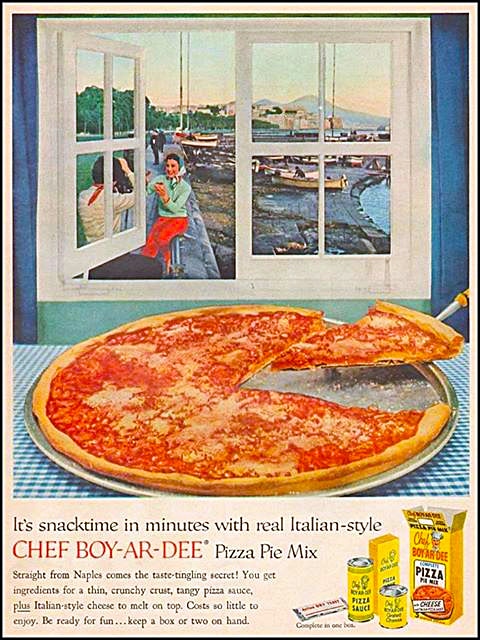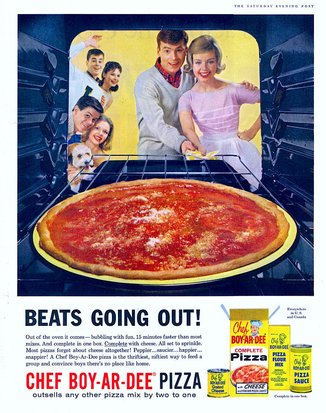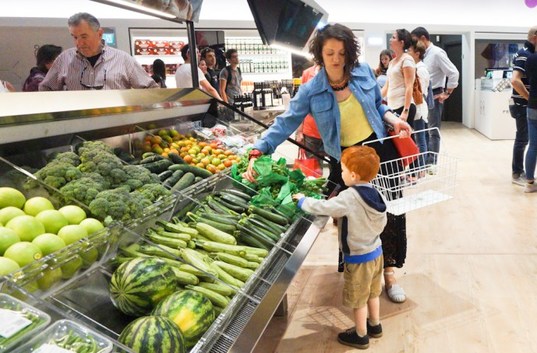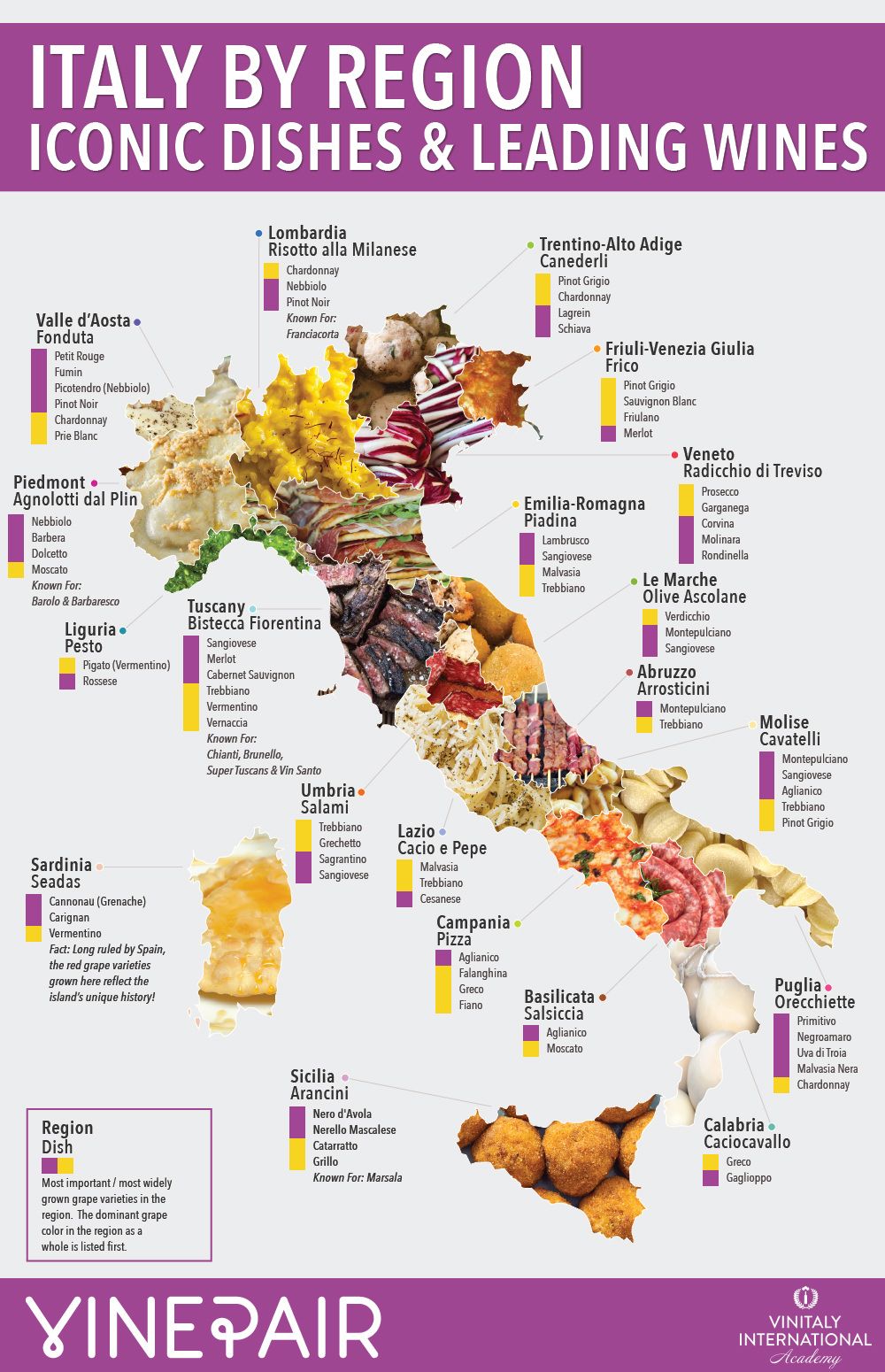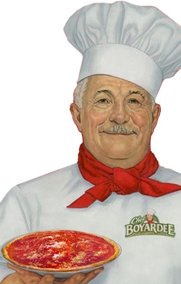
Hector Boiardi was born in the Emilia-Romagna town of Piacenza in 1897, and working as an apprentice chef at a local hotel before he even reached his teen years. Hector came to America in 1914, and eventually became the head chef of New York’s famed Plaza Hotel. His clientele kept asking for the recipe for his tomato sauce, which caused him to create Chef Boyardee brand, a phonetic spelling of his surname.
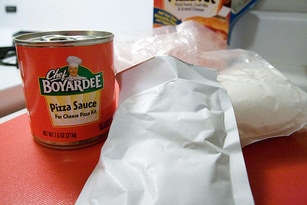
In 1955 he started to offer boxed pizza kits which included everything you needed to make a pizza from scratch in your own home kitchen--a revolutionary idea at the time. Nowadays, companies like Blue Apron and others delivering similar complete menu kits to your door owe a nod to the pioneer of this meal marketing concept--Chef Boyardee.
The pizza kit contained a small packet of parsley, a can of sauce, some yeast and flour and a packet of parmesan cheese (no mozzarella). Sausage and pepperoni kits included the meat right in the can of sauce.
The setting: a small and friendly supermarket in a old sleepy town in Italy
The characters: Serena and the staff at supermarket Il giovane cassiere, all’entrata del supermercato: “Buongiorno!” The young cashier, at the supermarket entrance: “Good morning!” Serena: “Buongiorno!” Poi, parlando tra sé e sé: “Allora, vediamo la lista della spesa: pere, uva, funghi…” Serena: “Good morning!” Then, talking to herself: “Right, let’s have a look at the shopping Dopo aver scelto e pesato le verdure, Serena controlla ancora la lista: “Semolino. Dove l’hanno messo?” Poi, vedendo Enzo, il manager e tuttofare del supermarket, gli chiede: “Ciao Enzo! Dov’è il semolino?” Having chosen and weighed the vegetables, Serena checks the shopping list once more: “Semolina. Where have they put it?” Then, having seen Enzo, the manager and handyman of the supermarket, she asks him: “Hi Enzo! Where is the semolina?”list: pears, grapes, mushrooms…”.... Click for to Read More... |
Archives
May 2024
Categories
All
|

